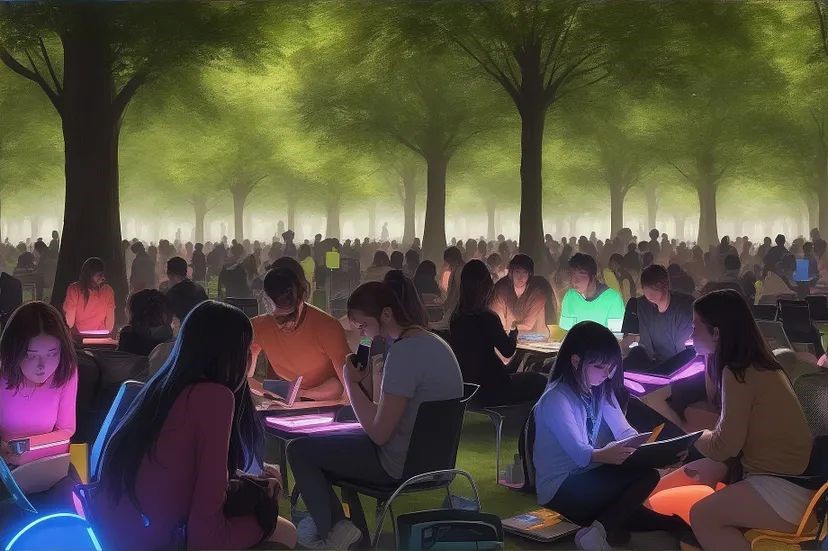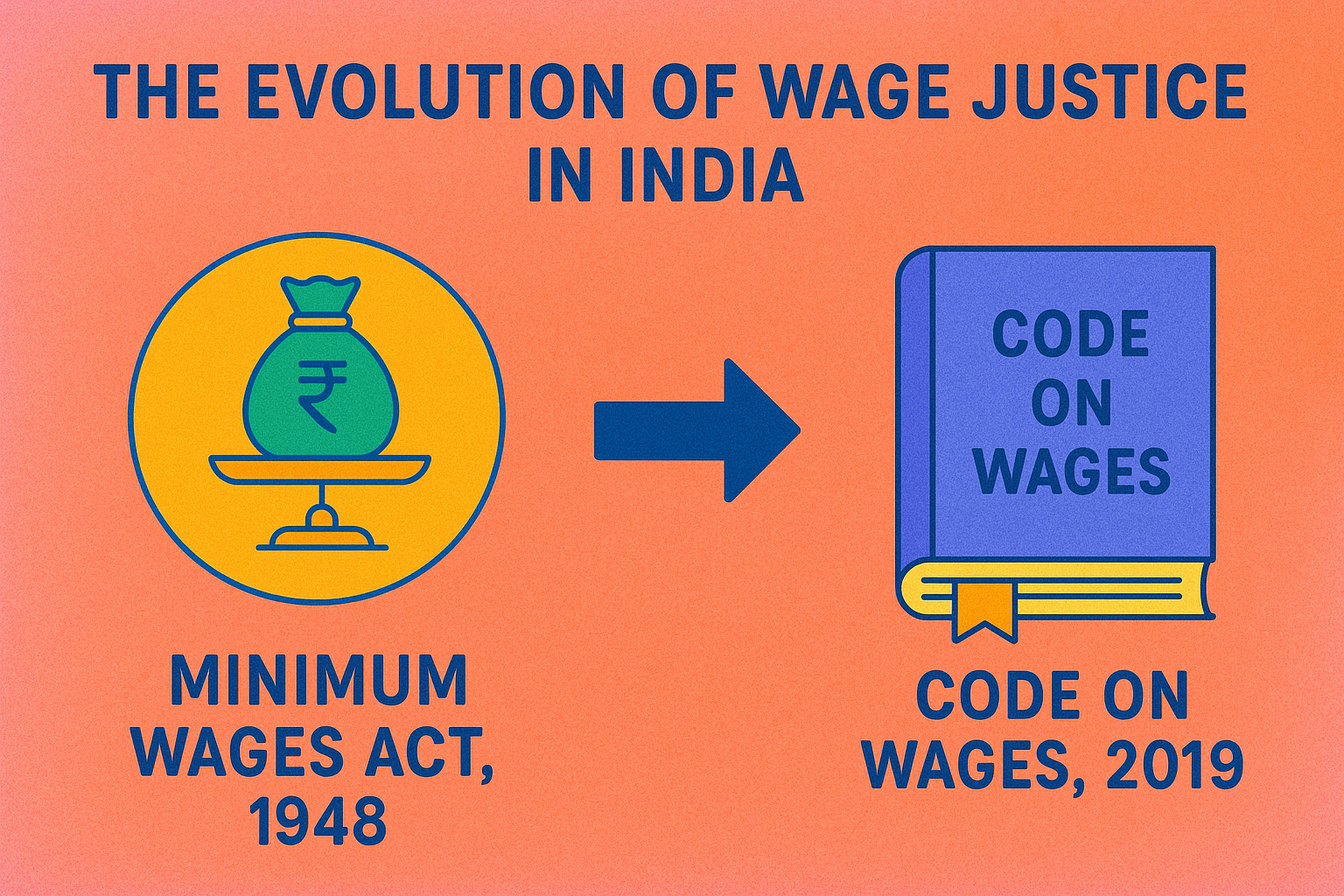In a time when Wi-Fi signals have more strength than human connections, a paradox exists in our hyperconnected world: loneliness. Yes, we have billions of people to connect with online, and loneliness is now recognized internationally as a public health challenge. Countries such as the United Kingdom and Japan have appointed ministers of loneliness, and, in a 2023 advisory to the US Surgeon General, the Surgeon General characterized loneliness as an epidemic, adding social connection is an increasing risk factor for premature death, over 60% of the time. So, as we scroll endlessly, post selfies, and capture filtered moments of our lives, the questions are this: Why are we so lonely if we never leave the online world?
The Paradox of Digital Closeness
Social media promised connection. And socially, it somewhat delivered on this promise, too. It has allowed for video calls across continents and allows one click to keep a friendship going — but again, it is not the same thing as being truly present. Psychologist Sherry Turkle refers to this as “being alone together,” though we are in constant contact with friends and family, we usually aren’t really present for them. There is also the perhaps empty performance of lives that the pictures we create and share online can instantiate, which can promote isolation, comparison, and disconnection.
And so, the more we try to stay “connected,” the more disconnected and isolated we can actually feel. Likes and comments replace conversation, direct messages replace dialogue, and emojis replace depth. While technological advances provide us a new social lifestyle, it is hard to argue it isn’t reshaping how we relate to one another.
Isolation in the Age of Speed
Contemporary life rewards hard work, productivity, and independence. Cities keep getting more crowded, but somehow, people are feeling more distant. For young professionals and students, life seems to accelerate at lightning speed, and friendships and authentic relationships become lost. Everyone is meeting deadlines, managing calendars, time is in short supply. And when time is available, they may be too exhausted, or too preoccupied with their own anxieties to allow someone in. Further, with the rise of remote work and online learning – made needed and even obligatory due to the COVID-19 pandemic – in-person human interaction is largely optional. While easily can facilitate, there is no random coffee break, hallway conversations, or laughter from shared time together.
The Gen Z & Millennial Loneliness Crisis
Young adults may be the most digitally connected age group, but they feel the most loneliness. Cigna reported in a study from 2021 that nearly 79% of Gen Z and 71% of millennials feel lonely- much higher than older generations. Young adults are forming virtual friend groups and online communities to find meaningful support. Social media’s demand for an ideal self can complicate mental health challenges for young adults – especially when dealing with identity and self-worth in conjunction with prevalent ghosting, transactional dating apps and being afraid to be vulnerable; the outcome is a fleeting texting generation, but a trust-disordered one.
Health Implications: Not Just in the Mind
Being alone is more than a feeling — it’s a real health risk. Loneliness doesn’t just hurt emotionally — it can quietly harm the body too, leading to issues like heart disease, anxiety, and even shortening your life. Our minds are hardwired to relate with others. When we feel threatened, fight-or-flight is automatically turned on; when isolated over a long period of time, our body builds up cortisol, which diminishes immune function chemical. Loneliness is equivalent to serious chronic health risk in fact it is like smoking 15 cigarettes a day. Loneliness is even harder to acknowledge than the tobacco habit because the two distinguishing factors of loneliness is that it is stealthier, silent and shrouded in shame.
How Do We Feel Human Again?
Combating loneliness is about more than disengaging; it is about rebuilding community. The initial step is to collectively accept that loneliness is a societal problem—not a flaw in the individual.
- Talk about it: We need to normalize discussing loneliness, therapy, and mental health – in the architecture of day-to-day life.
- Places That Connect Us: Cities should be made for people and not merely for buildings. Parks, community places, and shared spaces can help us connect with each other in real and human ways.
- Make Tech Kinder: social media should bring us closer — not just count clicks. It’s time platforms focused on real connection, not just algorithms.
- Unplug to Reconnect:
One honest chat over coffee beats a hundred likes. Let’s be more present, even if that means logging off sometimes. - Ask Like You Mean It:
Get into the habit of asking, “How are you, really?” You’d be surprised how much that simple question can open up.
Conclusion: The Real Connection Revolution
Loneliness brings us back to the reality that real relationship is not optional — it’s essential. No device will ever replace the sound of laughter, facial expressions, shared silence, or hugs. Sometimes, the bravest thing we can do is just be still, disconnect, and really be present with ourselves, and with one another. We aren’t in pursuit of followers. At the end of day, we just want to be seen, heard, and understood.
References:
1. Vivek H. Murthy, Our Epidemic of Loneliness and Isolation: The U.S. Surgeon General’s Advisory on the Healing Effects of Social Connection and Community (May 2023).
2. Sherry Turkle, Alone Together: Why We Expect More from Technology and Less from Each Other (Basic Books, 2011).
3. Cigna, Loneliness and the Workplace: 2020 U.S. Report (Jan. 2020).
Author: Lena Navas
Course: BBA LLB (Hons) 4th year
University: Lovely Professional University, Punjab




